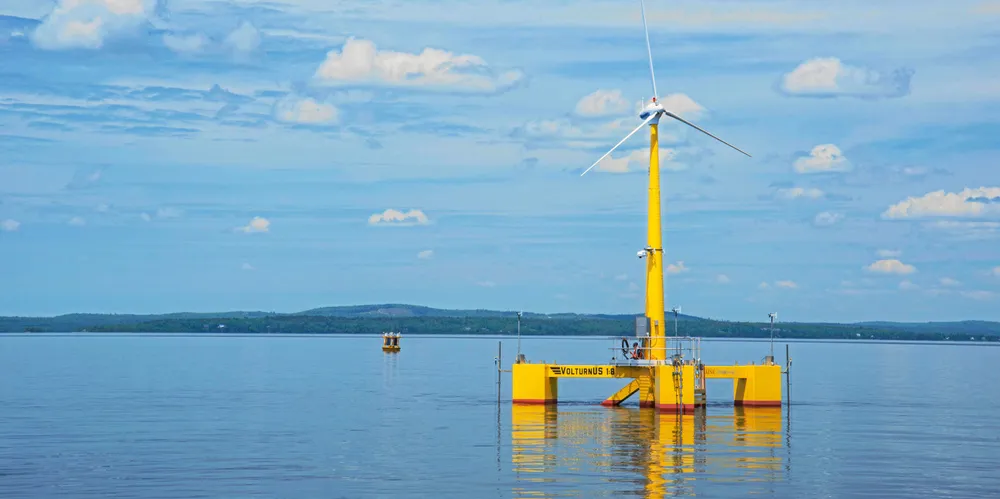Gulf of Maine next on deck for floating wind as US seeks interest in gigascale play
Announcement marks first step towards lease auctions by 2024 in region of North Atlantic seen as holding potential for up to 65GW of plant

President Joe Biden’s administration took the first steps towards developing one of the country’s most promising untapped wind resources off the coasts of three US states in New England with the issuance of a request for interest (RFI) in the vast expanses of the Gulf of Maine.
The Department of Interior (DoI) announced its RFI for the Gulf of Maine planning area encompassing 13.7 million acres (5.5 million hectares) of federal waters off the Maine, Massachusetts and New Hampshire coasts that could hold up to 65GW of offshore wind energy, according to the National Renewable Energy Laboratory.
“President Biden has set ambitious goals to address the climate crisis, and in response the Interior Department is taking historic steps to develop a robust and sustainable clean energy future,” Interior Secretary Deb Haaland said in a news release.
“Today’s announcement for the Gulf of Maine represents one of the many milestones that this administration has achieved to advance offshore wind development.”
The RFI will be published 19 August, and will be followed by a 45-day comment period, through which BOEM will obtain feedback from stakeholders.
Based on this feedback, BOEM will establish a “call area”, which will be further refined through stakeholder and industry engagement to create WEAs that would be carved into lease areas. BOEM expects to hold lease auctions in the Gulf of Maine as early as mid-2024.
With average windspeeds exceeding 9 metres/s, the area stretching to the Canadian border has long been in the frame for potential development. Deep waters up to 700-metres necessitate floating platforms, however, prompting the industry to first focus on the easier-to-access shallow waters of southern New England and the mid-Atlantic.
“As we work to spur offshore wind development and deploy floating offshore wind technology nationwide, BOEM recognises the rich cultural heritage and ecological importance of the Gulf of Maine region, which is why we are using the best available science and traditional knowledge from ocean users and other stakeholders in our planning and leasing process,” said BOEM director Amanda Lefton.
The application for the demonstration project clears the way for the Maine Public Utilities Commission to negotiate a power purchase agreement with the UMaine’s development partner, New England Aqua Ventus.
BOEM plans to complete the review of at least 16 construction and operations plans, representing some 22GW of capacity by 2025, along with five lease auctions around the country, including in the Gulf of Maine, the Gulf of Mexico, California, Oregon, and the Central Atlantic.
(Copyright)